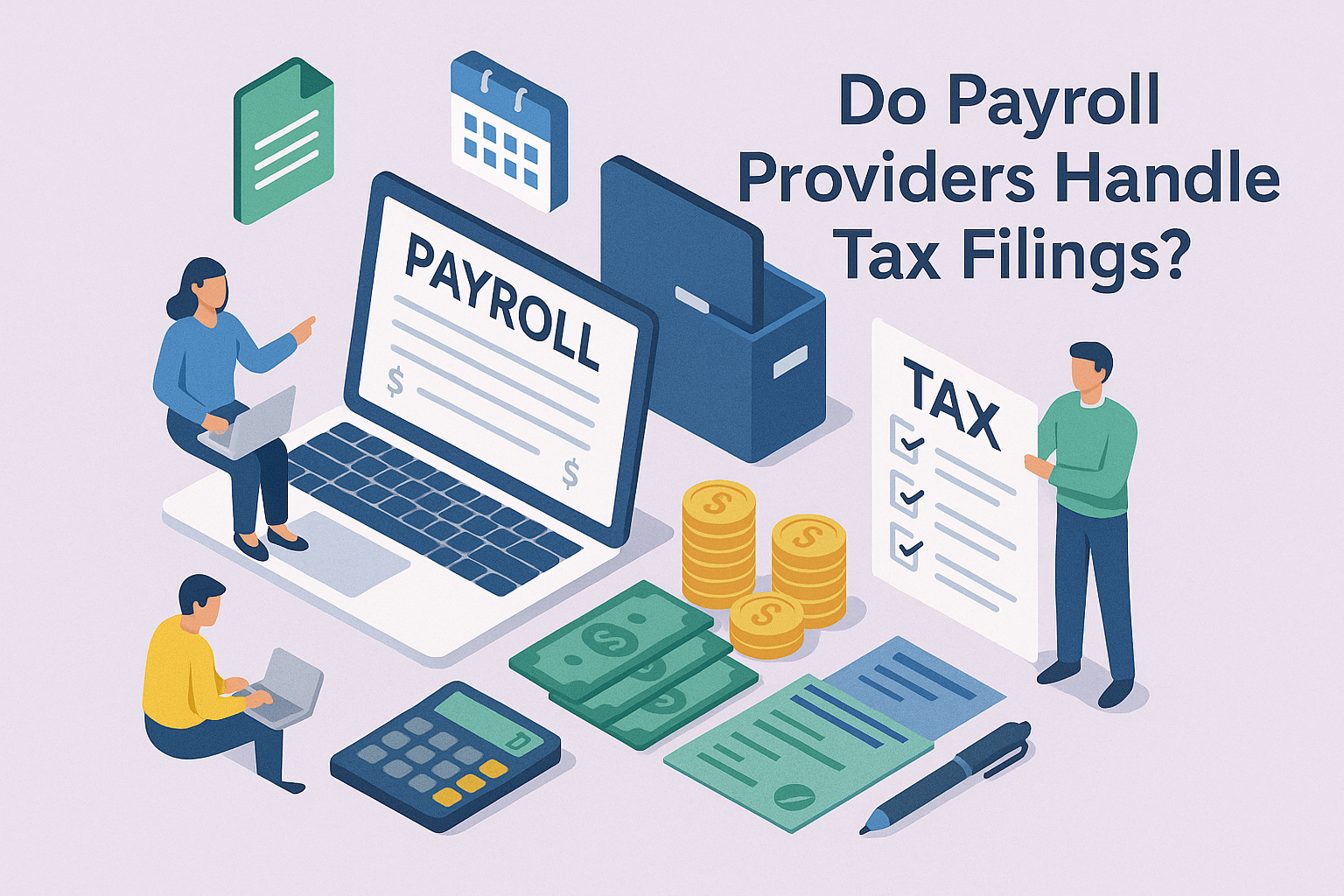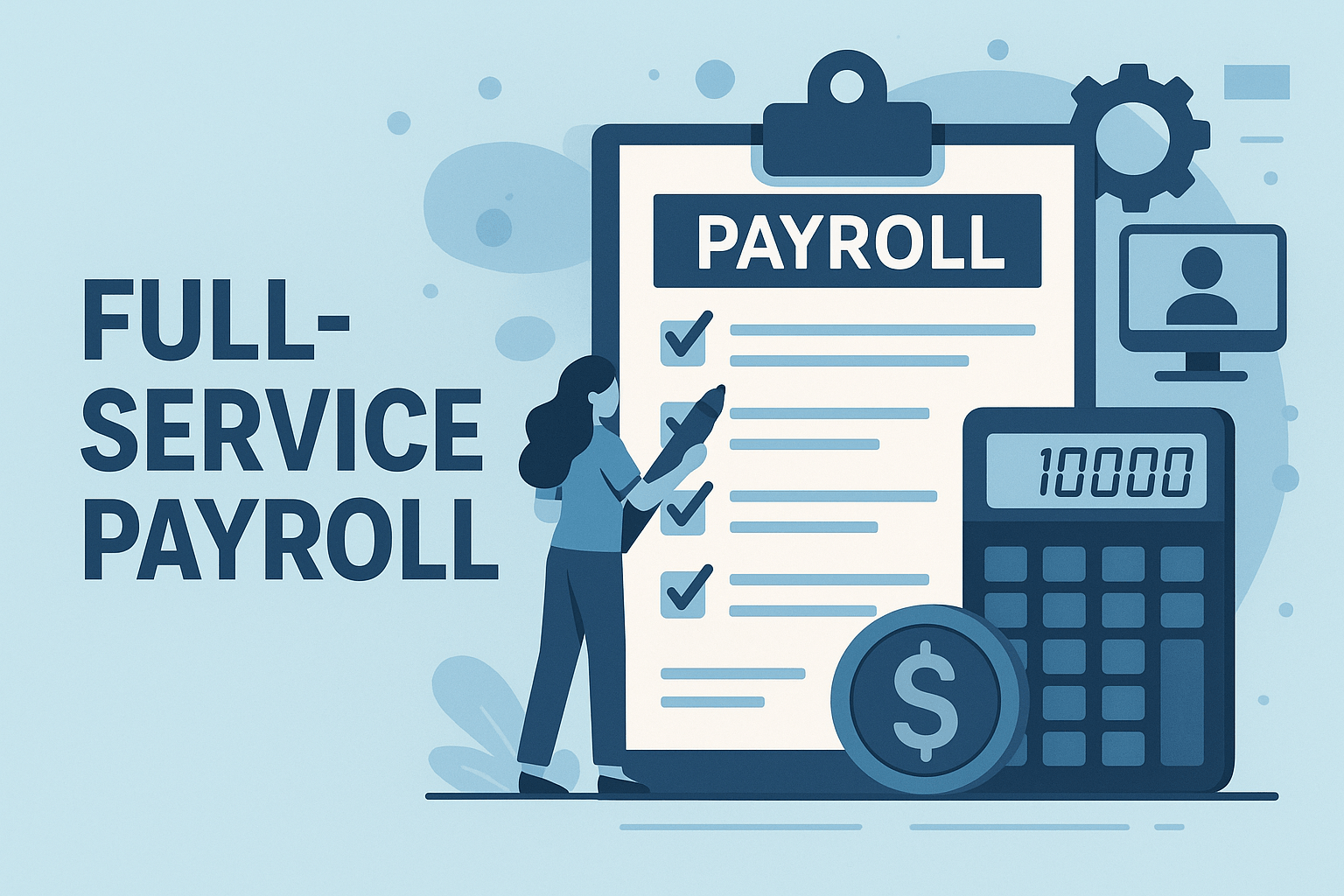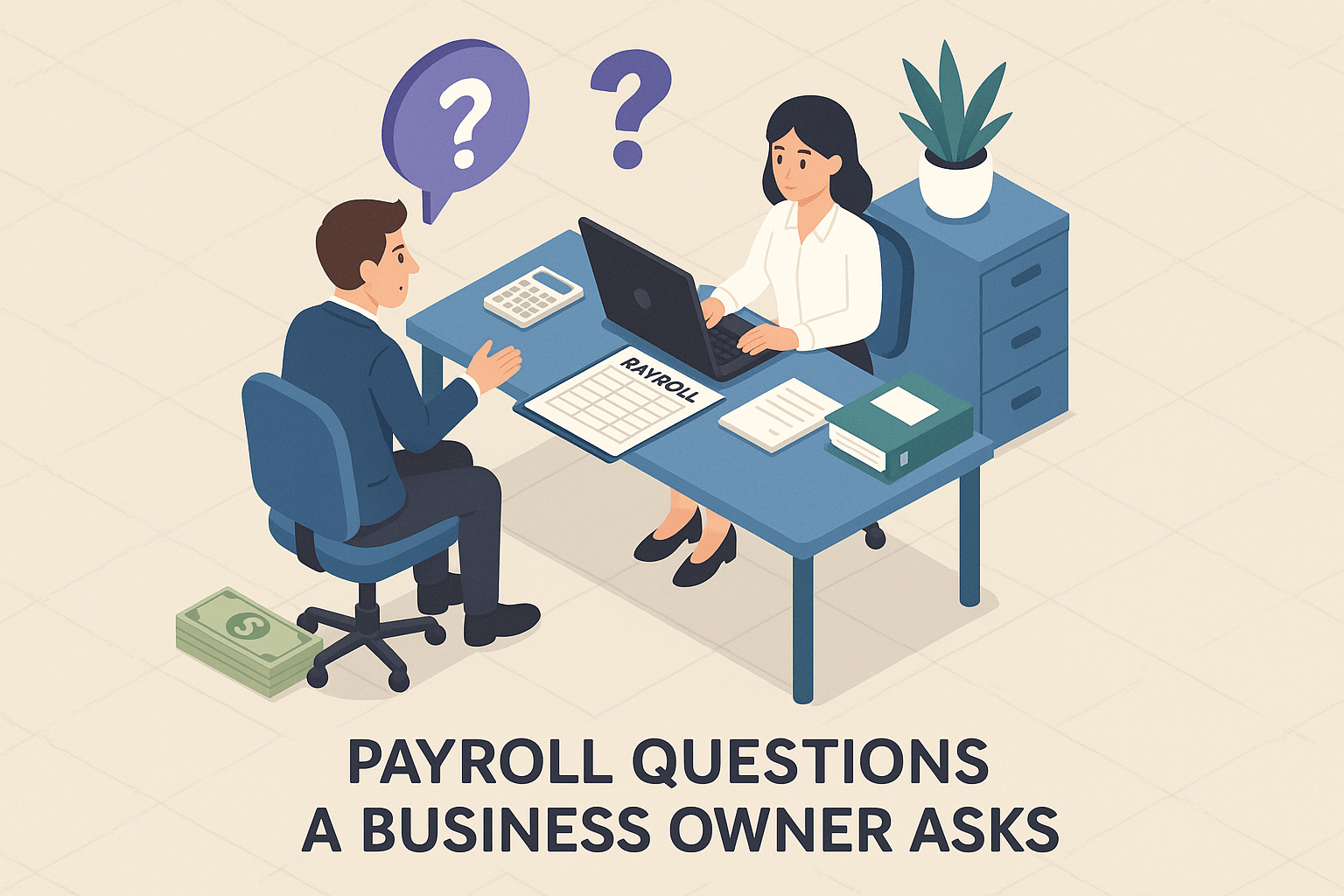The Ultimate Guide to Employee Benefits Enrollment & Management in 2025
September 20th, 2024
5 min read
.jpg?width=1344&height=768&name=An%20image%20of%20a%20detailed%2c%20comprehensive%20guide%20to%20employee%20benefits%20enrollment%20and%20management%20in%202024%2c%20covering%20topics%20from%20types%20of%20benefits%20to%20future%20t-1(1).jpg)
In today's competitive job market, employee benefits have become a crucial factor in attracting and retaining top talent. As an HR professional or business leader, are you struggling to keep up with the complexities of employee benefits enrollment and management? With the constantly evolving landscape of HR and benefits, it can be challenging to stay on top of what's most important to your employees and your organization.
At Lift HCM, we've been helping businesses nationwide navigate all things payroll and Human Capital Management (HCM) related since 1967. In this guide, we'll break down everything you need to know about employee benefits—from the basics to the latest trends—so you can make informed decisions and streamline your processes in 2025 and beyond.
Table of Contents
- The Crucial Role of Employee Benefits
- Types of Employee Benefits
- How to Streamline Your Employee Benefits Enrollment Process
- Best Practices for Benefits Management
- Technology in Benefits Administration
- Legal Compliance and Regulations
- Future Trends in Employee Benefits
- Empower Your Workforce Through Strategic Benefits Management with Lift HCM
💡 Did you know? According to a 2023 survey by the Society for Human Resource Management (SHRM), 92% of employees consider benefits as important to their overall job satisfaction.
The Crucial Role of Employee Benefits
Employee benefits play a pivotal role in fostering a positive work environment and supporting an organization's overall success. Here's why they matter:
- Talent Attraction and Retention: Competitive benefits packages can be a deciding factor for job seekers. A 2022 Glassdoor survey found that 63% of job seekers consider benefits and perks before accepting a job offer.
- Employee Satisfaction and Engagement: Well-designed benefits programs contribute to higher job satisfaction. According to a MetLife study, employees who are satisfied with their benefits are twice as likely to be satisfied with their jobs.
- Productivity and Well-being: Benefits that support health and work-life balance can lead to increased productivity. The American Psychological Association reports that employees with good benefits are 27% more likely to feel motivated to do their best at work.
- Financial Security: Benefits like retirement plans and health insurance provide employees with a sense of financial security, reducing stress and improving overall well-being.
Types of Employee Benefits
Employee benefits come in various forms, catering to different aspects of an employee's life. Here are some common types:
- Paid Time Off (PTO): This includes vacation days, sick leave, and personal days. According to the Bureau of Labor Statistics, on average, U.S. workers receive 10 paid vacation days after one year of service.
- Retirement Plans: 401(k)s and pension plans help employees save for the future. The Bureau of Labor Statistics reports that 67% of private industry workers had access to retirement benefits in 2023.
- Health Insurance: This remains the most valued benefit, with 95% of employers offering health insurance, according to the Kaiser Family Foundation's 2023 Employer Health Benefits Survey.
- Life and Disability Insurance: These provide financial protection for employees and their families in case of unforeseen circumstances.
- Wellness Programs: From gym memberships to mental health support, these programs promote overall employee well-being.
- Professional Development: Tuition reimbursement and training programs support career growth. According to SHRM, 56% of organizations offer undergraduate educational assistance.
- Flexible Work Arrangements: Remote work options and flexible schedules have become increasingly popular, especially post-pandemic.
How to Streamline Your Employee Benefits Enrollment Process
An effective benefits enrollment process is crucial for both employers and employees. Here's a step-by-step guide to streamline your process:
- Planning: HR teams determine the benefits offerings and set the enrollment period.
- Communication: Employees are informed about available benefits, often through multiple channels (e.g., email, intranet, meetings).
- Education: Organizations provide resources to help employees understand their options, often including FAQs, comparison tools, and informational sessions.
- Selection: Employees choose their benefits, usually through an online portal or paper forms.
- Confirmation: Employees review and confirm their selections.
- Processing: HR processes the selections and coordinates with benefits providers.
- Follow-up: HR addresses any issues and ensures all employees have completed the process.
Best Practices for Benefits Management
Effective benefits management goes beyond just offering a package. Here are some best practices to consider:
- Regular Review and Updates: Annually assess your benefits offerings to ensure they remain competitive and relevant.
- Data-Driven Decision Making: Use employee surveys and utilization data to inform benefits decisions.
- Clear Communication: Provide year-round education about benefits, not just during open enrollment.
- Personalization: Offer benefits that cater to diverse employee needs across different life stages.
- Integration: Ensure benefits are well-integrated with payroll and other HR systems for seamless administration.
- Compliance Monitoring: Stay up-to-date with changing regulations to ensure legal compliance.
Case Study: Tech giant Google is known for its innovative benefits. It offers on-site wellness and healthcare services, which have resulted in a reported 37% reduction in healthcare costs compared to industry peers.
Technology in Benefits Administration
Technology has revolutionized benefits administration, offering several advantages. Below are some of the key components:
- Self-Service Portals: Employees can easily access and manage their benefits online.
- Paychex offers a robust HR portal that supports self-service access for employees, reducing administrative workload and enhancing employee engagement.
- Paychex offers a robust HR portal that supports self-service access for employees, reducing administrative workload and enhancing employee engagement.
- Automated Processes: Reduces administrative burden and minimizes errors.
- Companies using PeopleKeep’s automated benefits platform have reported improved accuracy in benefits management and reduced administrative burden.
- Companies using PeopleKeep’s automated benefits platform have reported improved accuracy in benefits management and reduced administrative burden.
- Data Analytics: Provides insights into benefit utilization and employee preferences.
- Namely's benefits administration software provides HR teams with data-driven insights through advanced reporting and analytics capabilities. This helps organizations evaluate the effectiveness of their benefits programs, identify areas for improvement, and make informed decisions to optimize benefits offerings.
- Integration: Seamlessly connects with other HR and payroll systems.
- MantraCares benefits administration systems are designed with integrated data management, allowing for seamless data sharing between HR, payroll, and benefits systems, which reduces errors and facilitates smooth workflows.
- Mobile Access: Allows employees to view and manage benefits on the go.
- Insperity offers a mobile app as part of its benefits administration service, allowing employees to access and manage their benefits on the go. This feature is particularly beneficial for organizations with remote or flexible workforces, ensuring that all employees can stay informed and make timely decisions regarding their benefits.
Legal Compliance and Regulations
Benefits management must adhere to various laws and regulations, including:
- ERISA (Employee Retirement Income Security Act): Sets standards for pension and health plans in private industry.
- ACA (Affordable Care Act): Mandates health coverage requirements for employers.
- HIPAA (Health Insurance Portability and Accountability Act): Protects sensitive patient health information.
- COBRA (Consolidated Omnibus Budget Reconciliation Act): Provides continuation of health coverage in certain situations.
- FMLA (Family and Medical Leave Act): Requires employers to provide unpaid, job-protected leave for specified family and medical reasons.
Staying compliant is crucial. In 2022, the Department of Labor recovered over $1.9 billion in worker benefits due to ERISA violations.
Future Trends in Employee Benefits
The landscape of employee benefits is continually evolving. Here are some emerging trends to look out for:
- Mental Health Focus: More employers are expanding mental health benefits. A 2023 Business Group on Health survey found that 88% of employers plan to increase mental health support in the coming years.
- Financial Wellness Programs: Beyond retirement plans, companies are offering financial education and resources. According to Bank of America's 2023 Workplace Benefits Report, 97% of employers feel responsible for their employees' financial wellness.
- Personalized Benefits: AI and data analytics are enabling more tailored benefits packages. A Mercer study predicts that by 2025, 50% of large employers will offer some form of personalized benefits.
- Expanded Leave Policies: Paid parental leave and sabbaticals are becoming more common. Netflix, for example, offers up to one year of paid parental leave.
- Holistic Wellness: Companies are taking a more comprehensive approach to employee well-being, addressing physical, mental, and financial health.
Empower Your Workforce Through Strategic Benefits Management with Lift HCM
Employee benefits enrollment and management are critical components of a successful HR strategy. By offering competitive benefits, streamlining the enrollment process, leveraging technology, and staying ahead of trends, organizations can create a more engaged, productive, and satisfied workforce.
As the workplace continues to evolve, so too will the landscape of employee benefits, requiring ongoing attention and adaptation from HR professionals and business leaders alike. With this guide, you now have the tools and knowledge to navigate the complexities of benefits enrollment and management effectively. As we move into 2025, staying ahead of emerging trends will be crucial for maintaining a competitive edge.
Please note that this article does not cover all possible scenarios, and any discussions or viewpoints should not be considered legal advice. Readers are advised to consult with legal professionals for specific legal guidance.
.jpg?width=239&height=159&name=composition-with-book-light-bulb(1).jpg) If you are not yet ready to speak with a team member, you may find these resources helpful:
If you are not yet ready to speak with a team member, you may find these resources helpful:
Caitlin Kapolas is a results-driven professional with a strong background in account management and retail. She is dedicated to improving client experiences and building lasting relationships. Caitlin excels in identifying client needs, resolving issues, and implementing customized solutions that drive value. Her effective communication skills ensure high client satisfaction and loyalty, making her a trusted advisor and partner in meeting client needs with precision and professionalism.
Topics:























